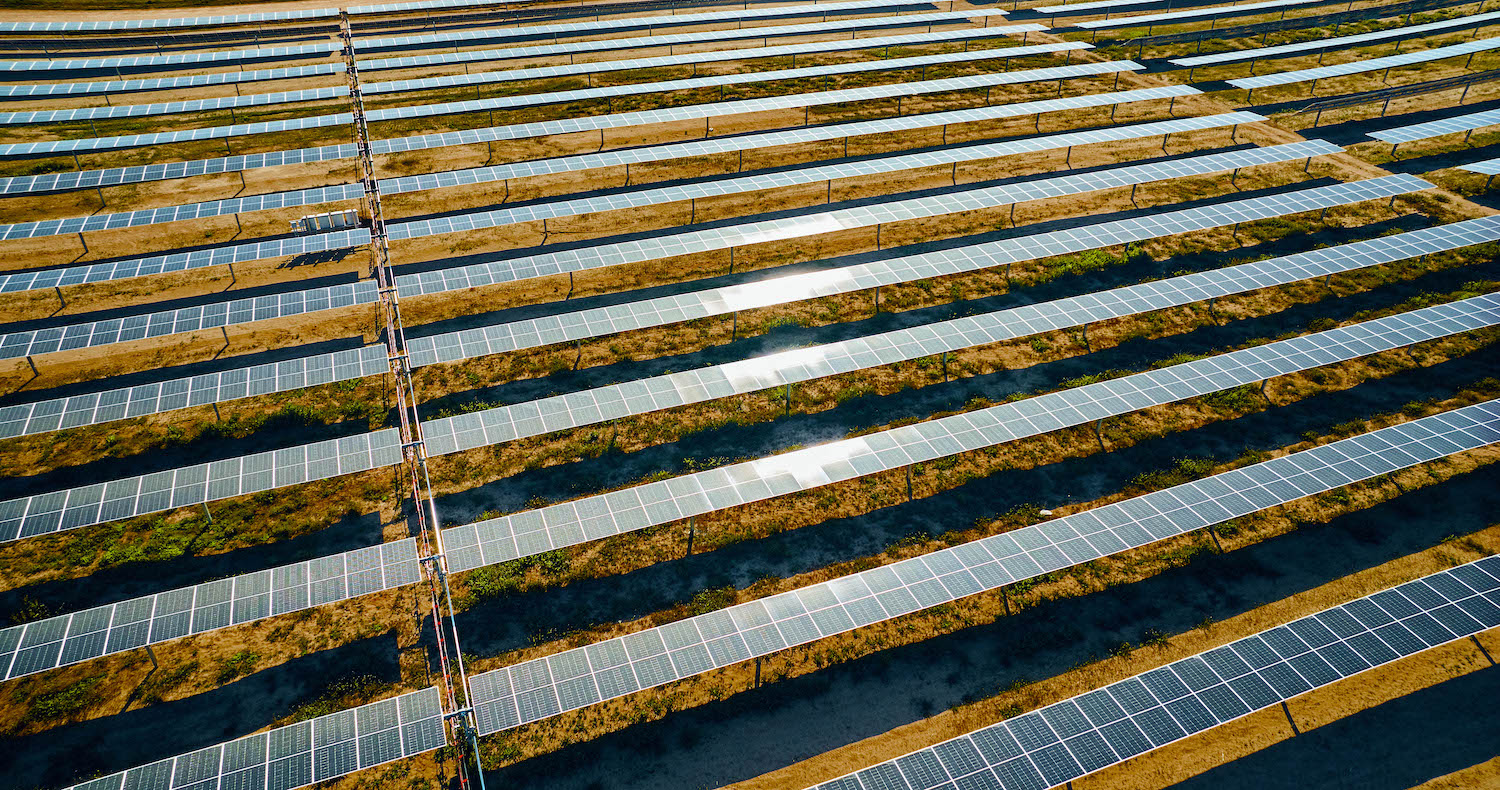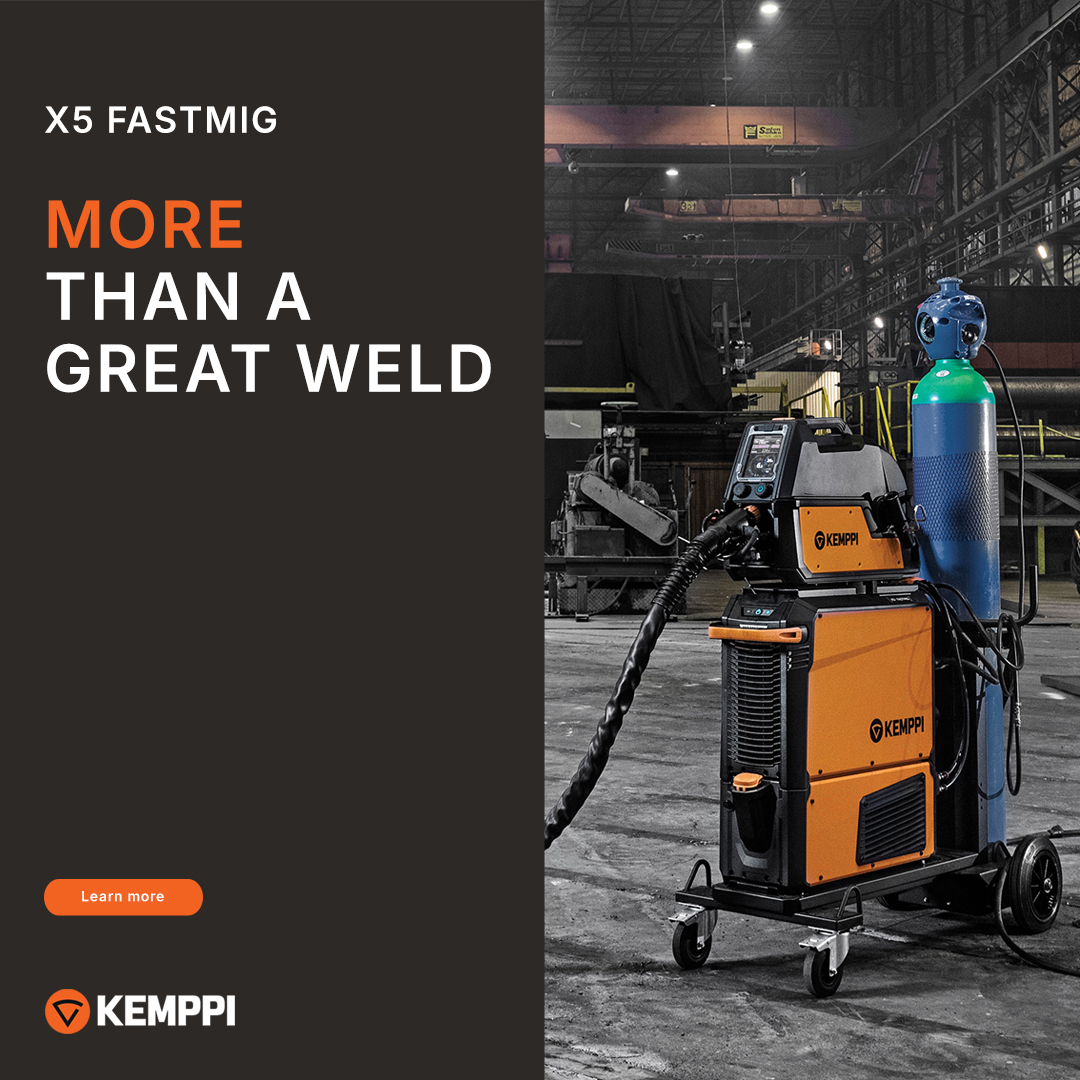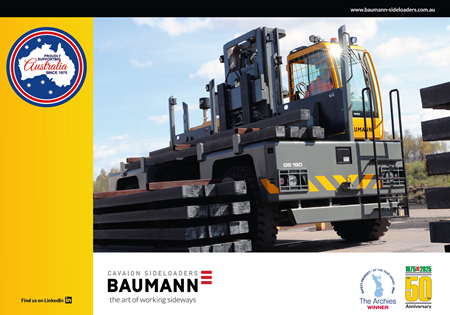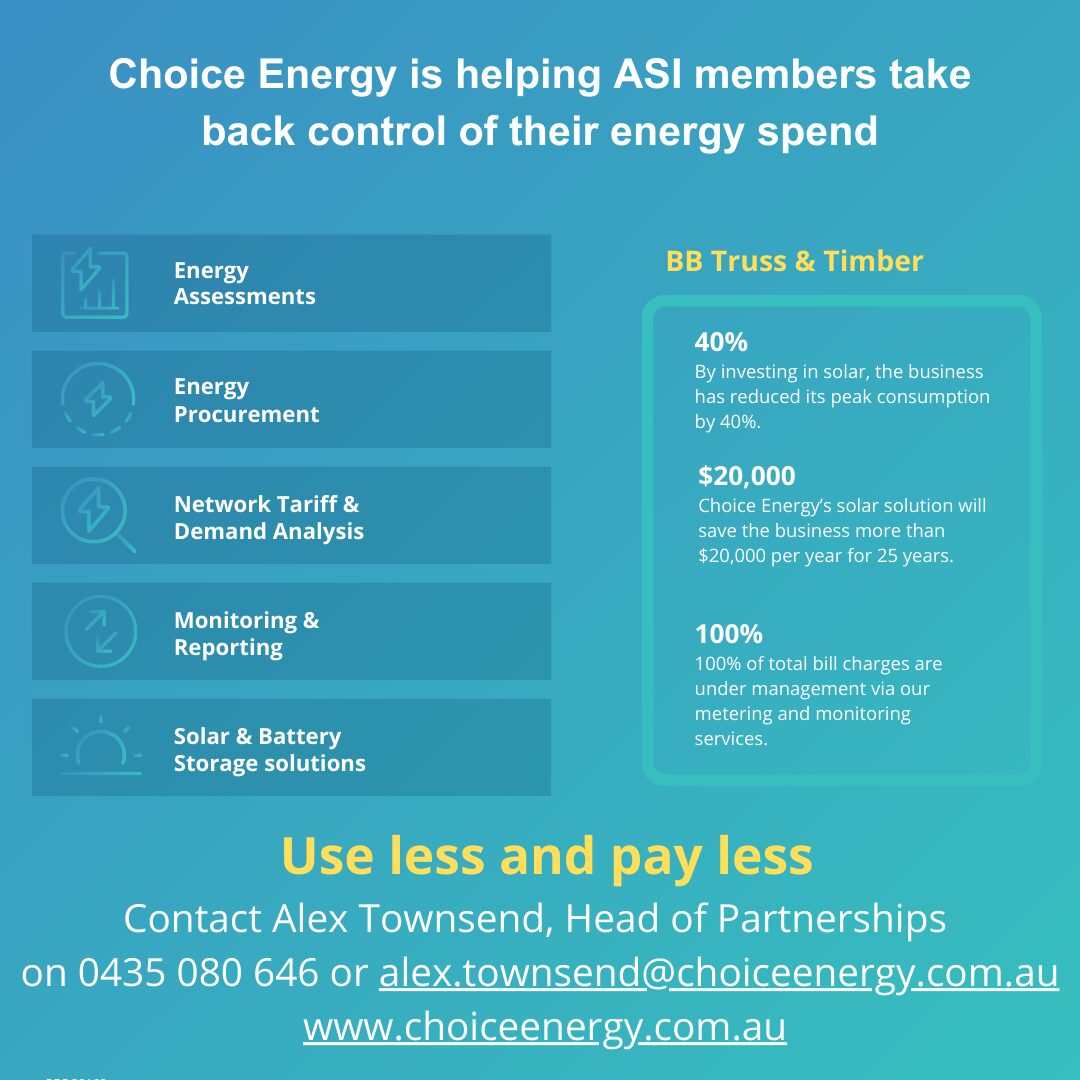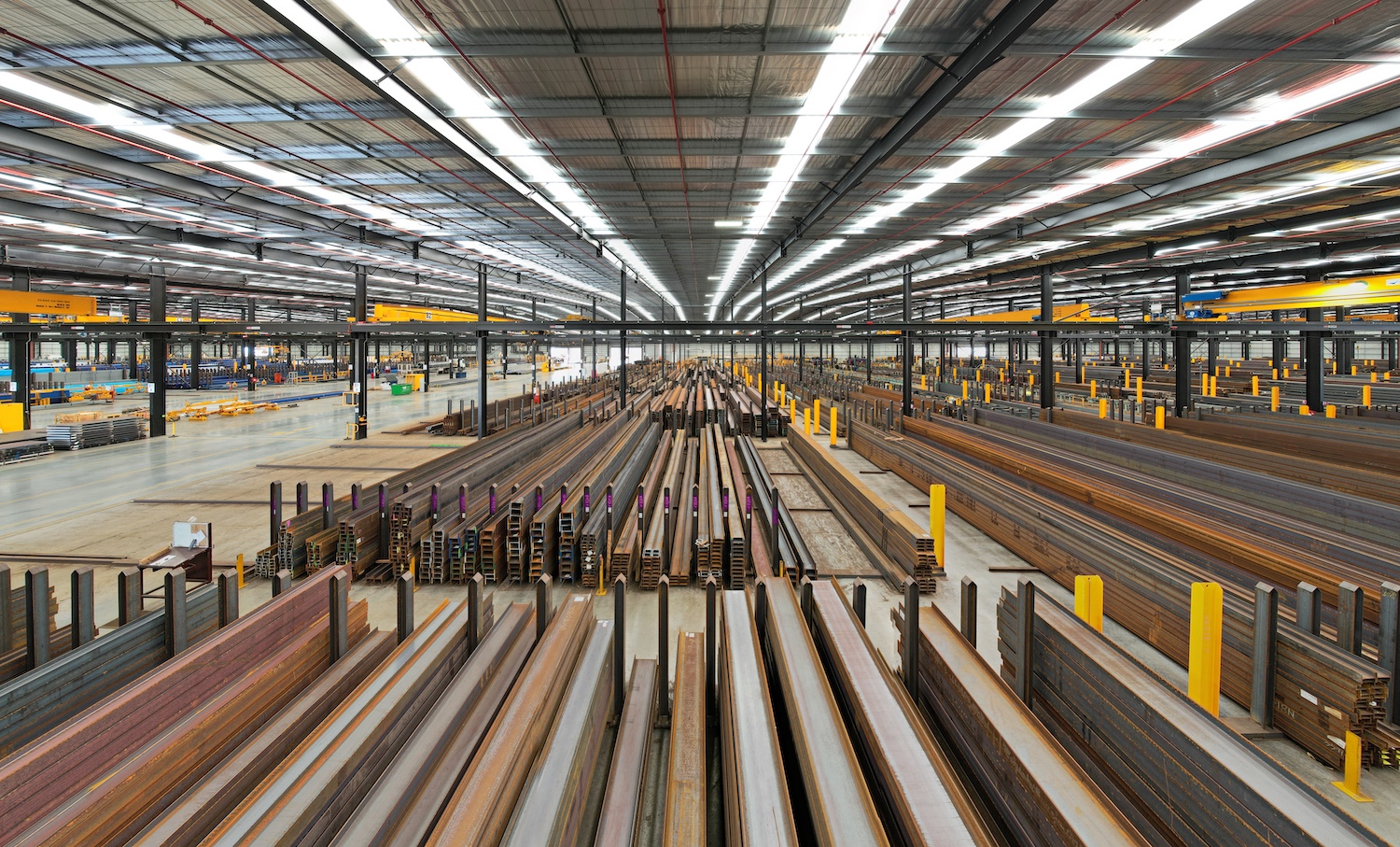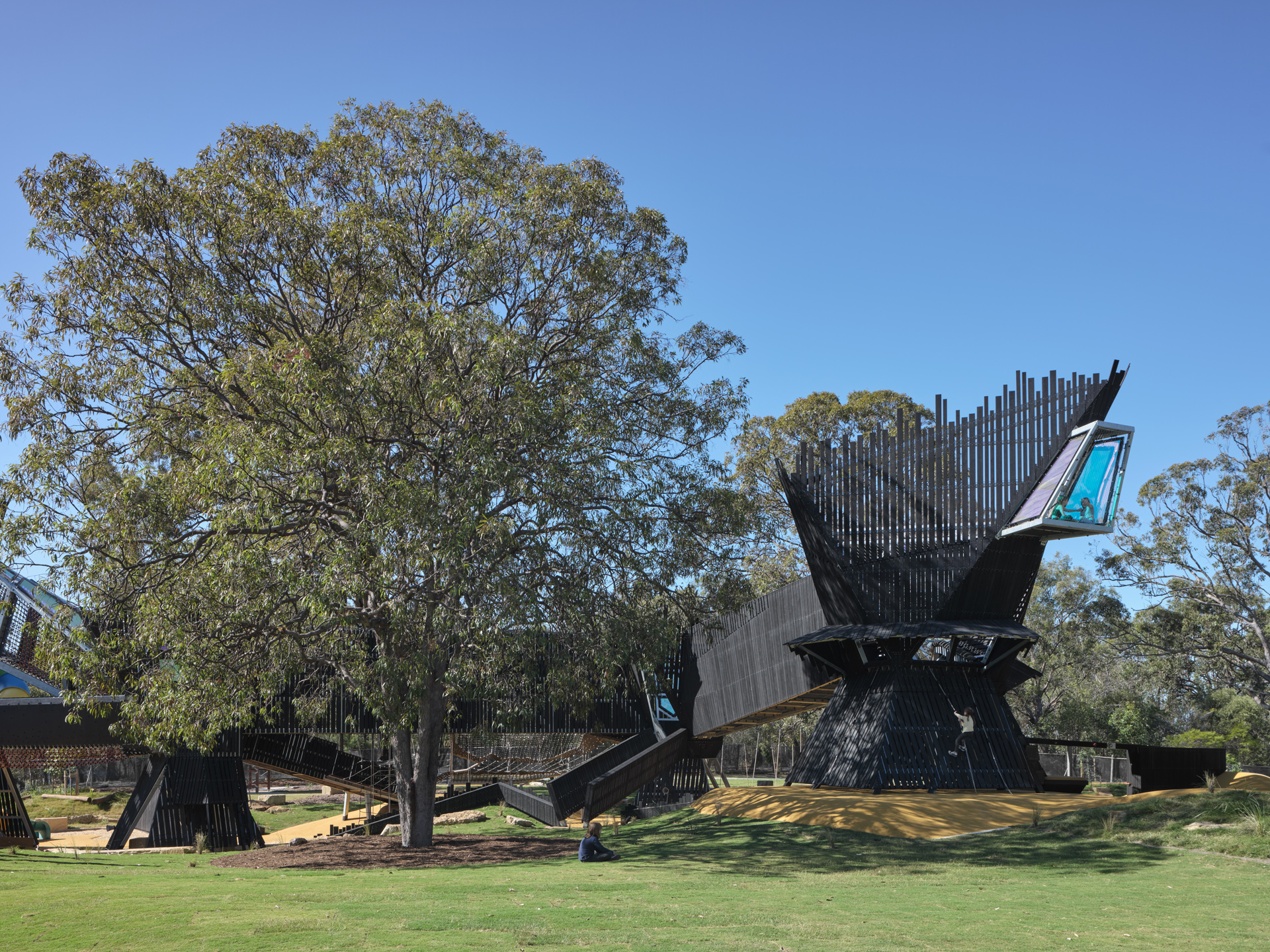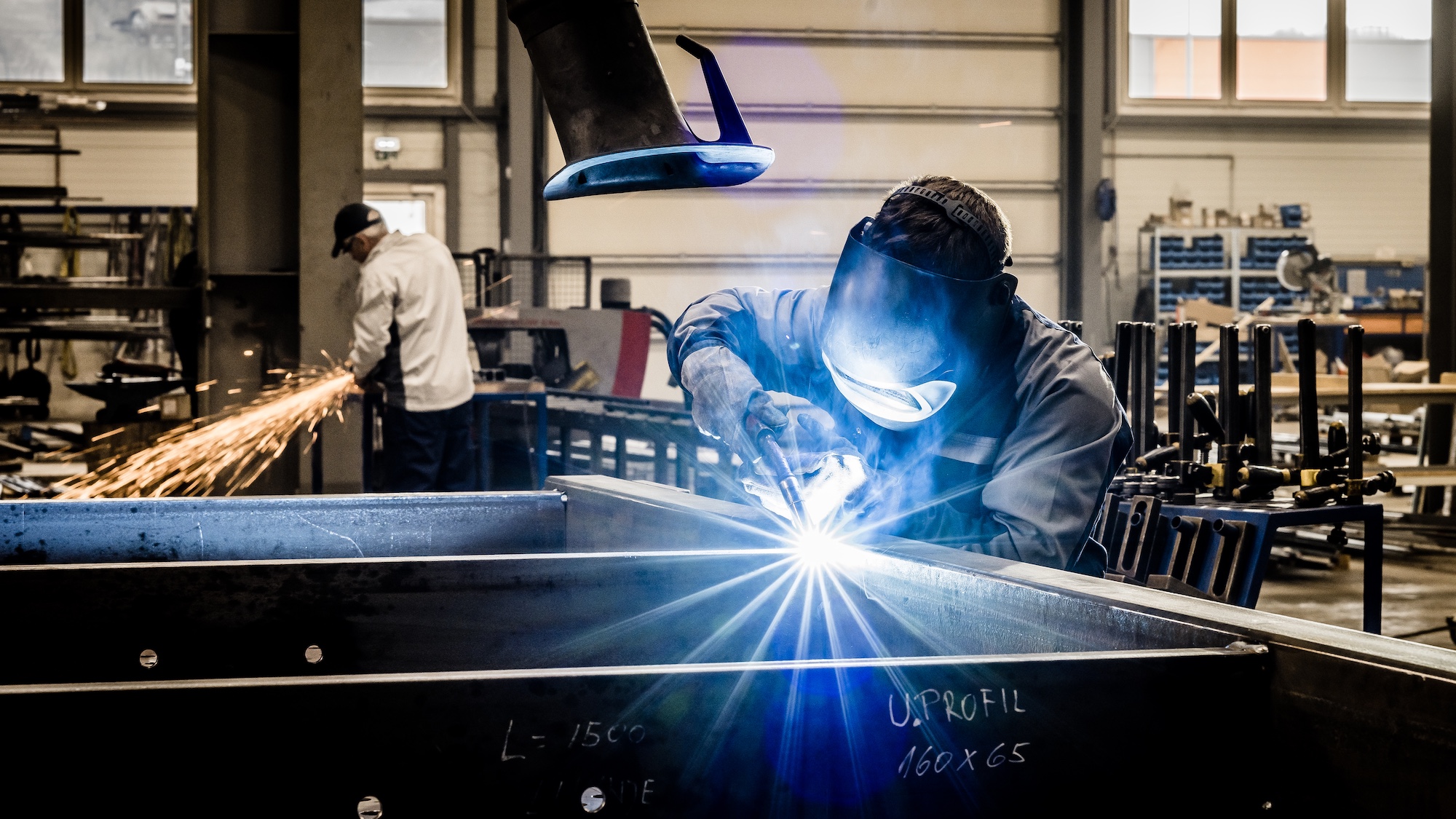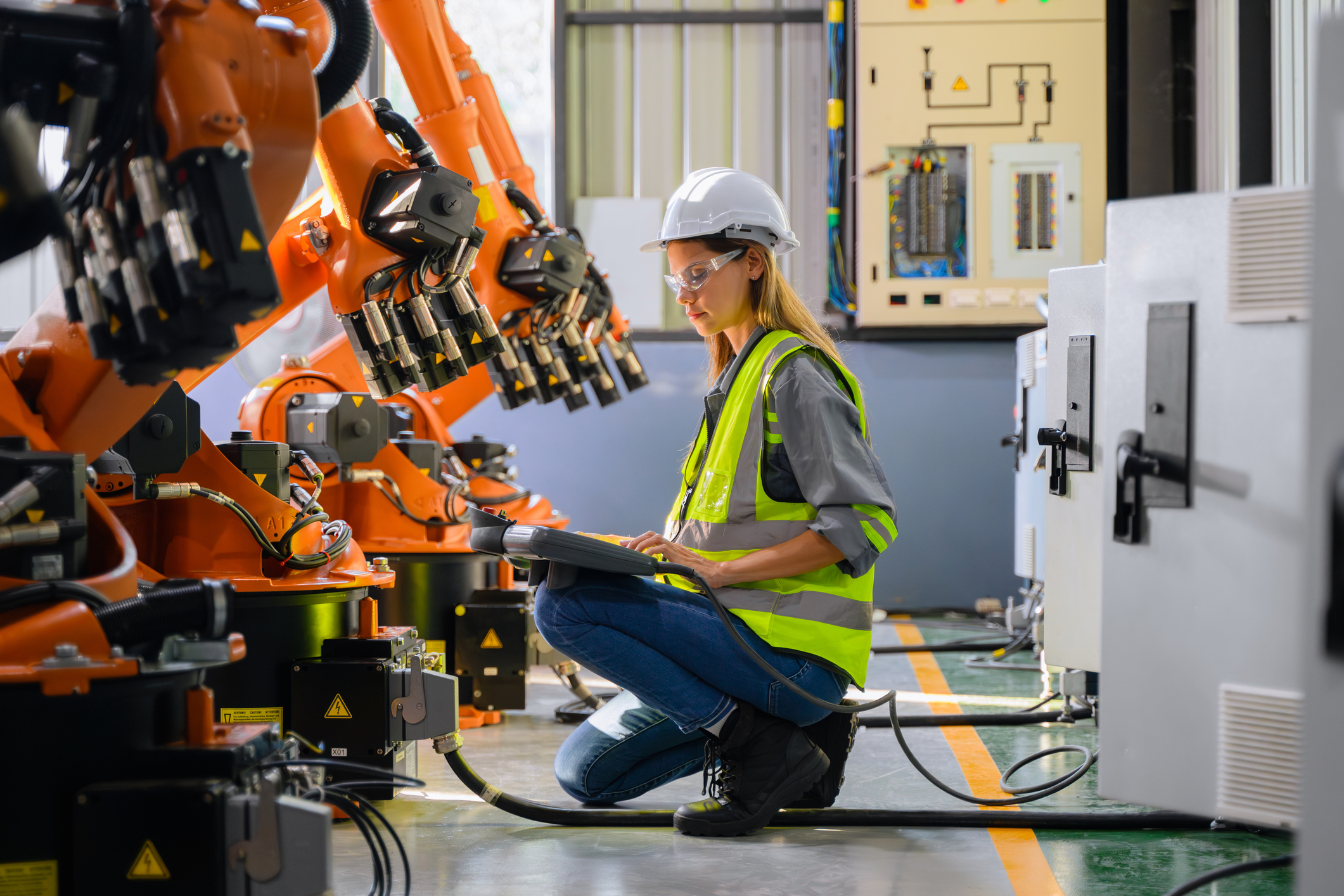InfraBuild’s Australian-made solutions
Australia’s energy landscape is undergoing a seismic shift. The federal government’s target of sourcing 82% of the nation’s electricity from renewables by 2030 is setting an ambitious pace. Meeting this target will demand unprecedented volumes of infrastructure, at the core of which is steel. InfraBuild, one of Australia’s largest integrated manufacturers and distributors of steel long products and solutions, is poised to help meet this demand.
Through a strategic, coordinated approach to the renewables sector, and ambitious projects like their partnership with Array Technologies and Whyalla Steelworks, InfraBuild is proving that local industry can deliver the scale, quality, and innovation Australia needs for its energy transition.
A strategic commitment to renewables
InfraBuild’s interest in the renewables sector is not new, but recent years have seen a step-change in the way the company is approaching it. Recognising the sheer scale of the coming demand, InfraBuild has established a dedicated renewables working group, bringing together leaders from across the business to identify growth opportunities and build the capabilities needed to serve them.
“We can currently supply some of the products to some of the segments,” said Mark Lewin, InfraBuild Reinforcing’s general manager. “But what we are looking at is how can we holistically build a suite of products and services that will allow us to participate in the renewables segment much more fully.”
For example, InfraBuild Reinforcing is looking into developing smarter designs for wind tower bases. This includes the potential to move from octagonal to circular bases, integrate their high-strength SENSE 600 reinforcing bar to reduce mass and potentially transport costs, and simplified bar shapes that could make them easier to manufacture.
Logistics and geography are another major focus. Much of Australia’s renewables pipeline lies outside major cities, and in regional areas where existing supply chains are thinner.
According to David Zorzi, manager of business development for Power Generation, “InfraBuild’s reinforcing business is very capital city focused servicing the big infrastructure projects plus high-rise developments, hospitals and other social infrastructure mainly in the capital cities. So, the challenge for us is that the substantial pipeline of work coming in the renewables space is all regionally based. Part of what the working group is understanding is how we ensure we are ‘match fit’ to be able to service some quite substantial regional projects.”
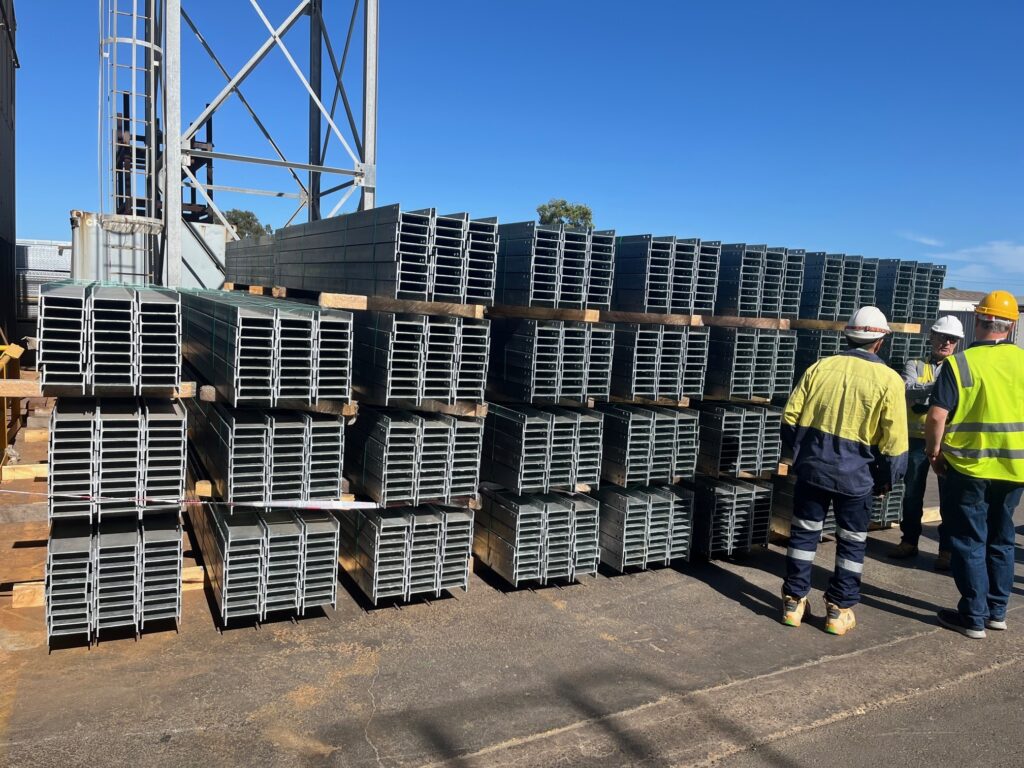
On top of this many of the transmission lines and in turn wind farms slated to be built in Eastern Australia will be located at the very tops of the Great Dividing Range.
“Having to physically deliver to the ridge lines of the Great Dividing Range is going to be challenging, to say the least,” said Zorzi.
In the steel and tube space, the team is primarily focused on large-scale solar and transmission towers, while also investigating how InfraBuild can play a part in the wind tower segment, given that plate is not a part of their integrated supply chain.
InfraBuild’s national business development manager, Duane Cornish, explained that another area that could be a game changer and being monitored by the working group is the local content policies of the various state governments.
“The Victorian Government has mandated 95 per cent of the steel used in solar farms constructed in that state must be Australian-produced steel. Rules around local content will play a critical part in where, how and how much InfraBuild will invest in different locations. There are inconsistencies with the state’s local content policies. We’re advocating for some sort of federal-level policy, similar to what America has done,” said Cornish.
Cornish also highlighted that using Australian-made steel in the burgeoning renewables market, and not having to rely on other countries, was of importance to our country’s sovereign capability and that this is something all levels of government appear mindful of and will act in favour of Australian steel.
The road ahead
Cornish noted that the renewables market is fiercely competitive, with project returns currently quite low; there is intense pressure on margins. Overseas competitors benefit from lower costs and subsidies, while local manufacturers must operate in a high-cost economy.
Additionally, regulatory loopholes, like the ability for imported steel products to be lightly fabricated offshore and classified to avoid duties, undermine the level playing field Australian manufacturers need.
“We need strong, enforceable local content policies at a federal level,” said Cornish. “State policies like Victoria’s 95% local content requirement for solar farms are a good start, but without consistent enforcement and federal coordination, it’s hard to build the certainty needed for long-term investment.”
Still, the outlook is bright. “With the scale of the opportunity in front of us—solar, wind, green hydrogen—there’s never been a more important time to back Australian steel,” said Cornish. “We’re ready to help power Australia’s clean energy future.”

